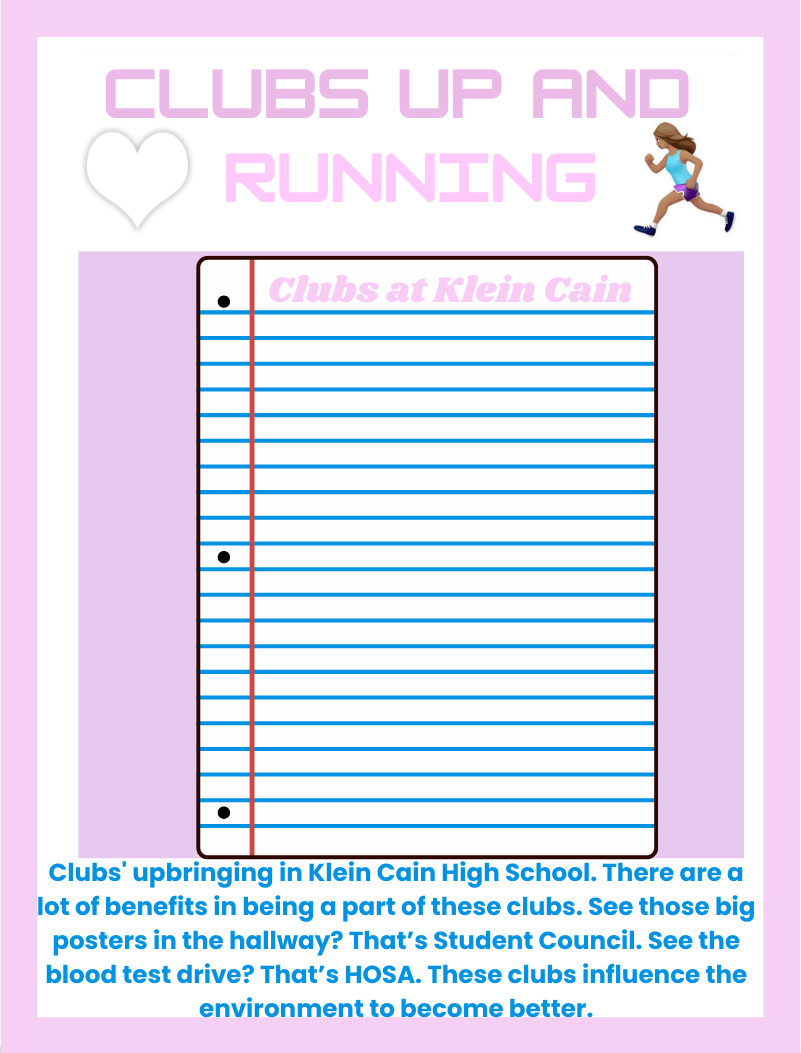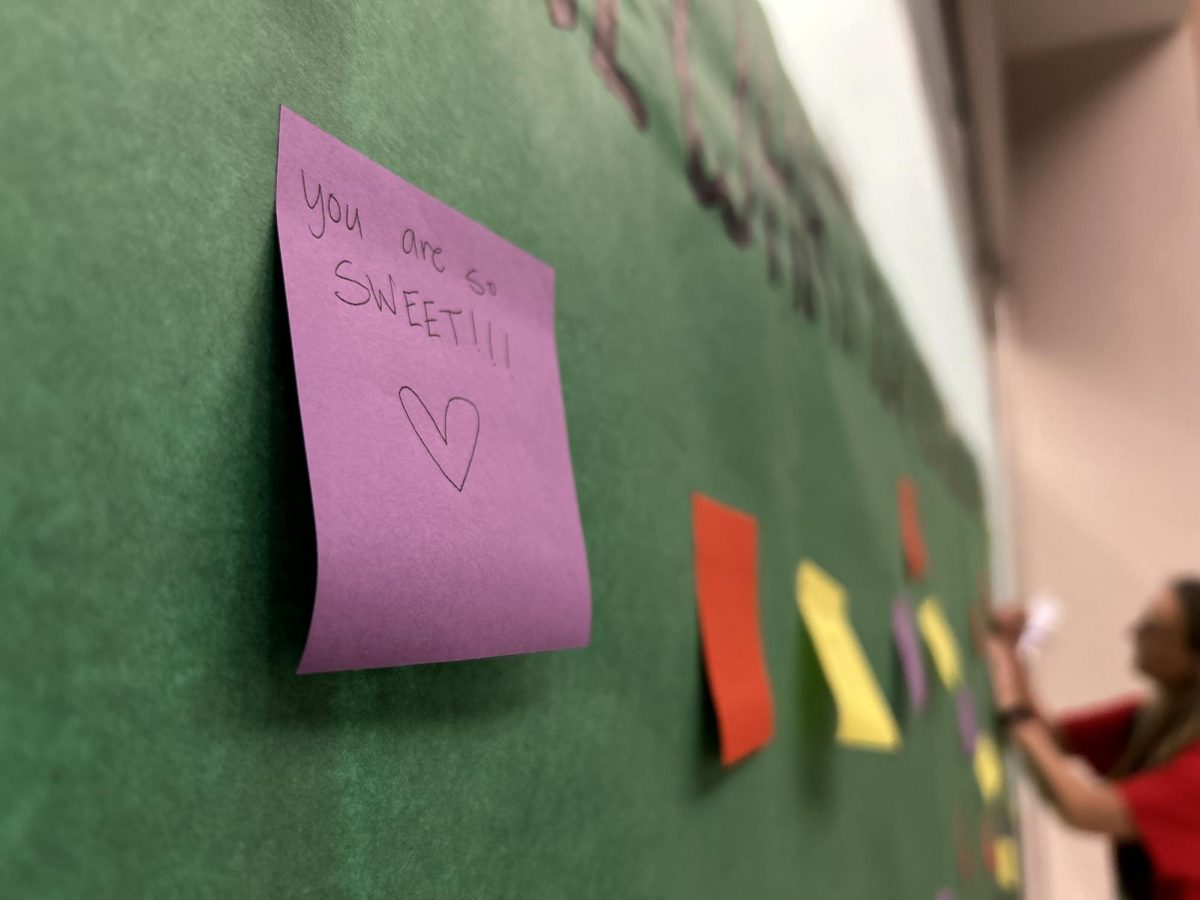Data from the Department of Education says that 1.6 million students enrolled in public schools throughout the United States have individual 504 plans. However, many students and their families are still unaware of Section 504 of the Rehabilitation Act.
At Klein Cain High School, Counselor Jessica Reyes helps students understand and navigate these plans.
“A 504 plan is basically a system, a program that helps support students with any physical or mental impairments,” Reyes explained.
Despite the benefits, some students shy away from these resources out of fear of the initiation process. Reyes assures that the set up process for a customized plan is straightforward and nothing to worry about.
“It is very important to include students in their 504 meetings because they know what works for them,” Reyes said. “We get feedback from teachers, parents, and the students. We explain their accommodations, and then I ask them, ‘Hey, just be honest, what’s working for you? What’s not?’”
Teachers play a key role in the communication behind the plan’s setup. It is often their watchful eyes alone that strike up conversations between students and counselors.
“I watch what they’re doing on their assignments, and walk around class and see how everybody’s doing on different projects. Usually, I just try to get to know my kids. That’s generally what works for me,” Medical Science Teacher, Wendy Avery said.
Teachers continue to observe the effects the changes make for their students after the 504 implementation. It is mandatory to continue analysis to ensure the proper path of education for each person.
“Each part of the process we’ll work on in class together,” History Teacher, Hailey Hewitt said. “And that way I can make sure I am checking in with students who may struggle with organization, so I can be there to help, and then you’re not on your own for that process.”
But students must also take charge of their own well-being. If a student believes that a change in their current curriculum will assist their success, then they are heavily encouraged to speak for themselves.
“Students should also advocate and let me know, ‘Hey, I want to take my extra time today,’ or ‘Can I get some extra help on this?’ And if I forget, reminding me and keeping me accountable too,” Hewitt said.
Students also seem to worry about the stigma they feel is attached to using a 504. But, with the obvious rise in care for mental health in today’s world, this anxiety is unnecessary.
“[The purpose of] having a 504 is to help support you in school, right? Every child is different. I’ll explain to them that, for example, even when I was in high school, I needed extended time on testing,” Reyes said.
It is critical that students and their families educate themselves about available resources. This can create a way to embrace offered support and make their education easier to navigate.
“Y’all should enjoy [this age] because there’s plenty of time to stress when you’re an adult, and then you can worry about paying bills and not liking your job,” Avery said. “But school should not be a place that you guys dread getting up and going to every day. You know you should want to come and want to learn.”








